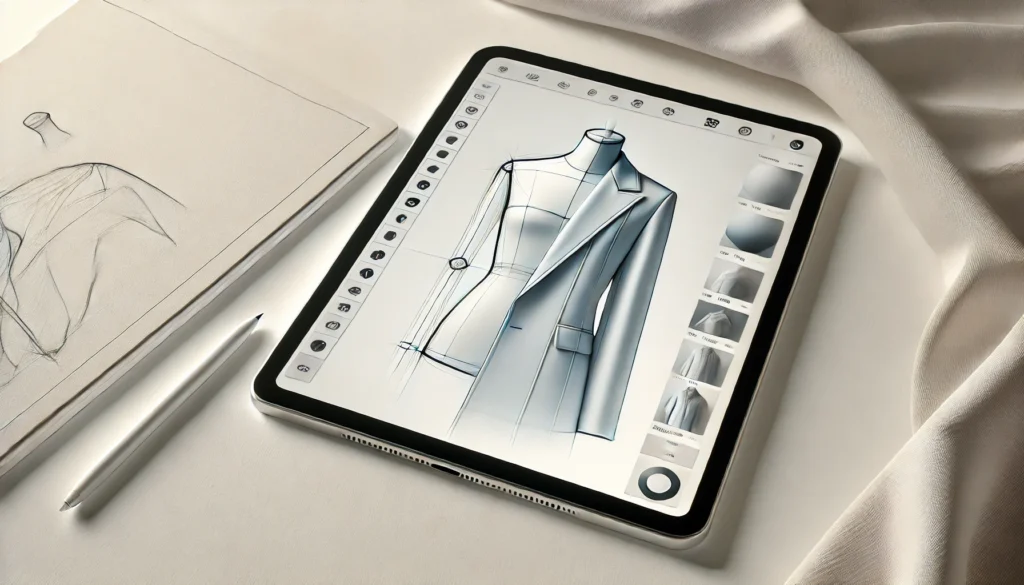1. Validate Early with Data-Driven Insights
Look to Past Performance
Analyzing top-selling SKUs, robust margin outcomes, and strong sell-through rates reveals patterns in colorways, categories, or price points that consistently resonate with your customer. With these insights in hand, your merchandising team can quickly spot which ideas warrant further exploration—and which should stay on the drawing board.
Shorten the Ideation Cycle
By layering data over design concepts upfront, you streamline the entire process. Instead of dedicating resources to unproven styles, you focus on profit-driving silhouettes and fabrics. This approach trims wasteful prototyping and helps your teams converge on a refined set of products more quickly.
2. Seamless Communication Between Teams
Shared Workspaces
Uniting merchandising, design, and product development on a single platform ensures everyone sees the same real-time data and line plans. Merchants can communicate margin targets and bestseller attributes; designers can adapt sketches accordingly; and downstream your supply chain can flag feasibility or cost concerns before they become expensive roadblocks.
Strategic Alignment Sessions
Regular syncs—where each team presents updates and challenges—empower everyone to make decisions collaboratively. Designers apply data-backed insights to refine looks that will align with margin goals, while the supply chain team confirms which materials or production processes fit within cost and timeline parameters. This synergy prevents costly missteps and eliminates “dead-end” prototypes.
3. Efficient Use of Resources
Fewer, Stronger Prototypes
Validating concepts against both market performance and practical production considerations keeps your development cycle on track. With a solid understanding of what’s truly viable, your teams produce fewer samples, each with a higher likelihood of success—saving time, budget, and creative energy.
Lower Material Waste & Shipping Costs
Every eliminated prototype avoids fabric, trim, labor, and freight expenses. Beyond the positive impact on your bottom line, reducing material waste also aligns with sustainability goals, an increasingly important differentiator in the apparel industry. Your brand can champion both profitability and responsible production in one streamlined process.
Driving Profit & Growth with a Data-Driven Pre-Sampling Strategy
Starting your product strategy with actionable data doesn’t just cut sampling costs—it sets the stage for healthier margins, faster time-to-market, and stronger brand equity. By integrating historical performance insights early, aligning design efforts with merchandising objectives, and bringing supply chain considerations into the conversation from day one, you elevate your entire approach to product development.
If you’re ready to discover how VibeIQ’s assortment lifecycle platform can centralize real-time data, align cross-functional teams, and help you refine designs before they reach sampling, get in touch to see how we can help your brand capture the next best-selling collection—without compromising profit or speed.


